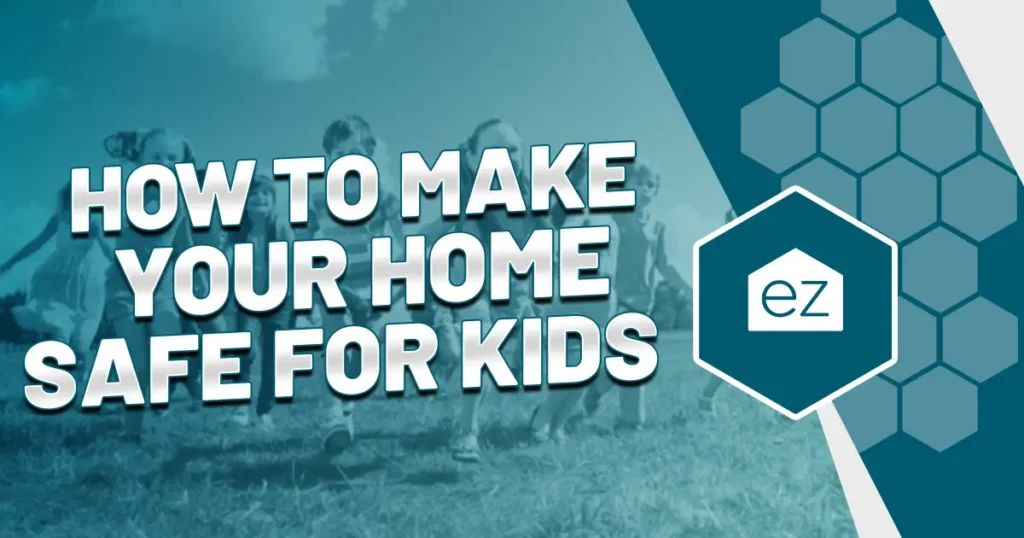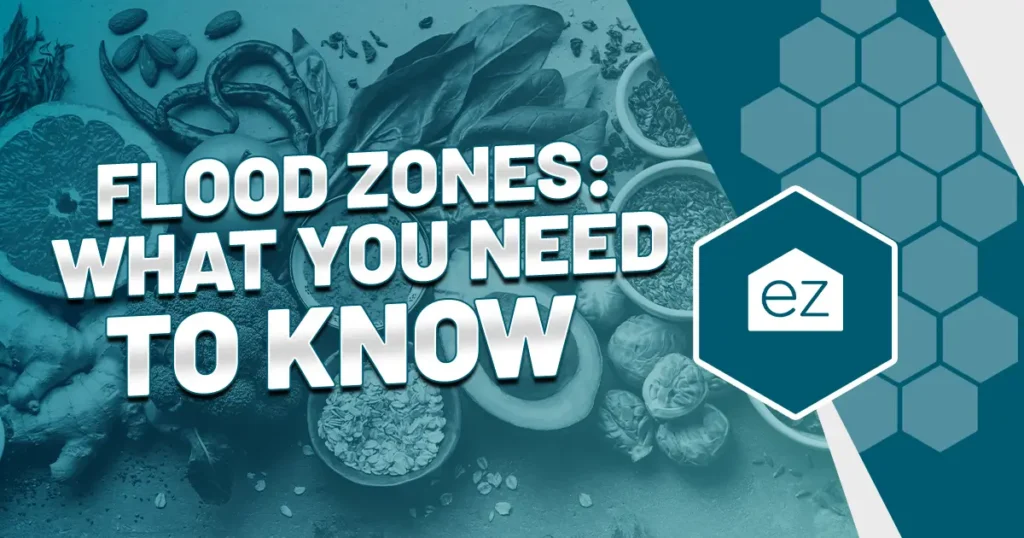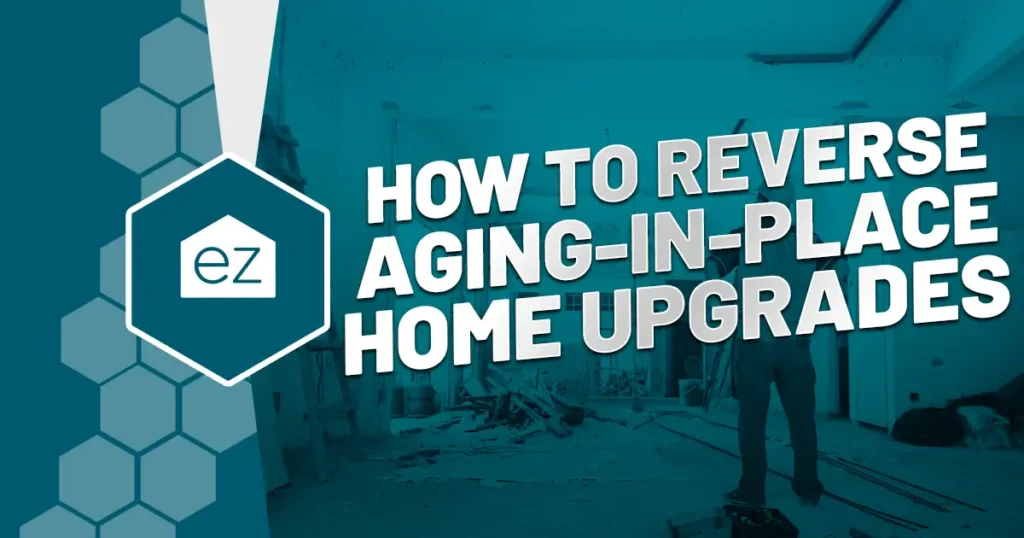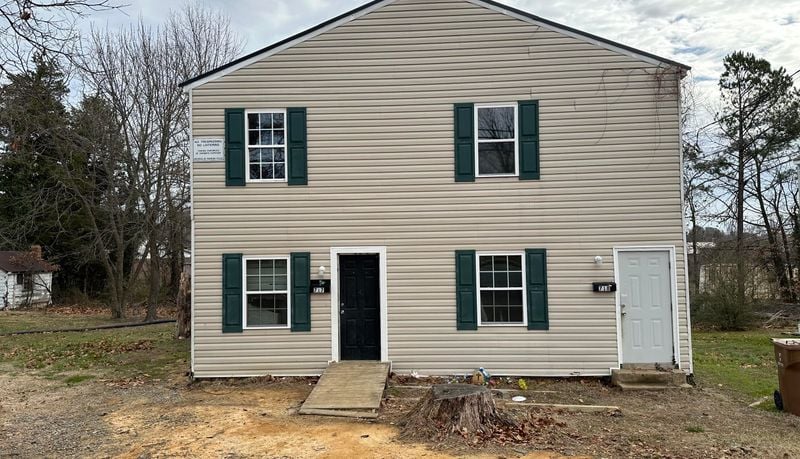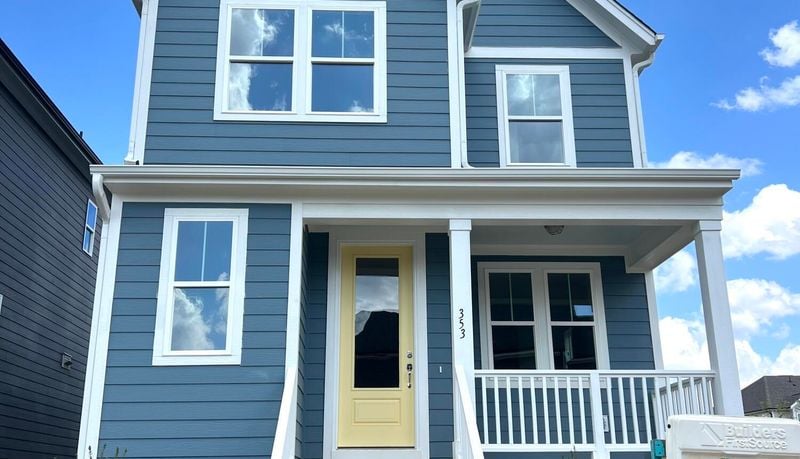Do You Need a Radon Home Inspection?
Radon is a radioactive gas naturally found in the soil and rock beneath our homes. Its colorless, odorless, and tasteless properties make it difficult to detect without proper testing. However, radon can negatively affect our health if we are exposed to high levels for extended periods. This is why homeowners need to understand the potential radon risks in their homes. It’s part of ensuring you have a safe living environment.
Not every home needs a radon home inspection; it’s more common in different regions of the United States. Learn if and how to test for it and the steps for mitigating its levels in your home.
What is Radon?
Radon is a byproduct of the natural breakdown of uranium in soil, rock, and water. As it decays, it releases radioactive particles that can be inhaled into our lungs.
In the outdoor environment, it disperses very quickly and isn’t a problem. But it can accumulate in larger concentrations in minimally vented environments, like inside your home or workplace.
Extended exposure over time to high levels of radon can harm your health, and it is particularly concerning because the symptoms are not immediately apparent. Long-term exposure to these particles can damage our lung cells and increase the risk of developing lung cancer.
In fact, the second leading cause of lung cancer in the United States is radon exposure. The EPA says it is responsible for an estimated 21,000 deaths each year and is the top reason why non-smokers may develop lung cancer. The World Health Organization believes radon is behind 3-14% of all lung cancers in a country.
Where Does Radon Occur in the US?
Radon can be found all over the United States, but certain areas have higher radon levels than others.
The Environmental Protection Agency (EPA) created a radon map showing each state’s potential for elevated levels. Generally speaking, higher radon levels are common across the Appalachians, Midwest, Northeast, and North-central US.
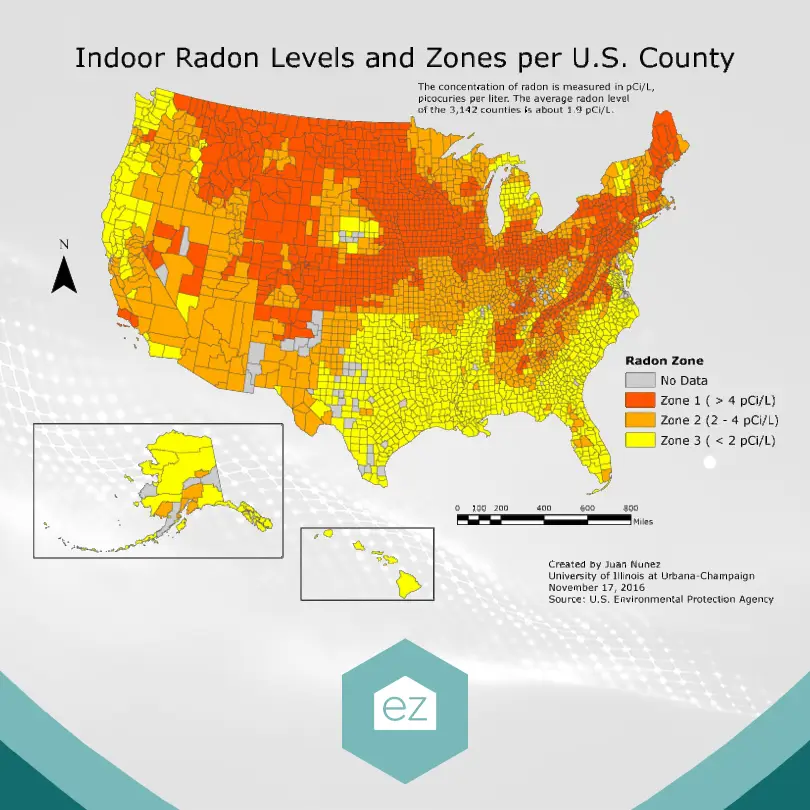
However, note that even if you live in an area with low radon potential, your home may still have high levels due to soil composition and construction materials. Even low-lying regions of Florida have increased Zone 2 risk, like in central Florida and around Tallahassee.
Radon testing is prevalent in some regions during real estate transactions. Many homebuyers request radon testing in unmitigated homes built in radon-prone areas as part of the inspection process to ensure that the property is safe.
How Do You Test Your Home for Radon?
The only way to know if your home has high radon levels is to run a radon test. Two types of tests can be done: short-term and long-term.
Short-term tests typically take 2-7 days and provide a snapshot of the radon levels in your home. Do follow the instructions when running a short-term test, or your results could be skewed. This includes keeping windows and doors closed, except for entering and leaving and placing them on a frequently occupied lower level of the home.
Long-term tests take 90 days or more and provide a more accurate average of the radon levels in your home. You’ll need to place the test where it will not be disturbed for the duration of the test.
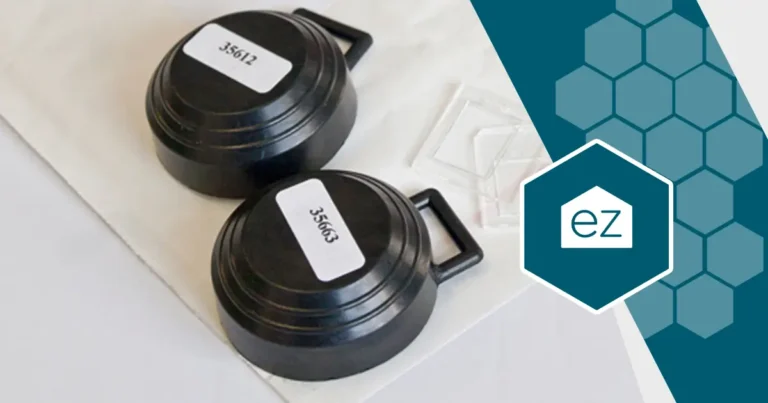
Both tests can be done through a DIY kit or by hiring a professional radon tester. A professional for radon inspection is often recommended, especially if you’re buying or selling a home. Professionals have the expertise to conduct thorough inspections, interpret results accurately, and recommend appropriate mitigation measures if needed.
Additionally, some at-home air quality monitors include radon measuring as part of their service.
What is considered high for radon
As mentioned, radon is naturally occurring and present in very low levels outdoors. When it becomes trapped in our homes, high levels can cause health issues.
According to the EPA, radon levels above 4.0 pCi/L (picoCuries per liter) are considered high and require action for mitigation. Moderate levels are 2-4 pCi/L, and under two is low.
Steps for Radon Mitigation
If your radon test results come back with elevated levels, the EPA recommends taking action to mitigate the problem.
A common method for radon mitigation is through a process called “sub-slab depressurization.” This involves creating a suction point beneath the basement or crawl space and venting the radon out of your home. Usually, you’ll see a pipe running away from windows and openings to above the roof line.
[Graphic: I have this system installed in my house; I can take a photo if you want to use it.]
Other tactics include sealing cracks in foundation walls and floors and installing a radon ventilation fan.
Your home should maintain low radon levels as long as the fan is operating. The mitigation is usually effective within 24 hours. Once installed, these systems are low-maintenance and typically require the homeowner to check the gauge on the ventilation pipe occasionally.
Not all homes are suited to this mitigation type. Newer construction homes may use passive sub-slab suction to reduce radon in homes. Depending on their construction type, houses with a basement may use block-wall suction. Crawlspace foundations are better served with submembrane suction, which still uses a vent and pipe but lays plastic sheeting under the home.
Even if your home has been radon tested before, it is recommended to conduct regular tests every 2-5 years. Radon levels can fluctuate and change over time. Additionally, if you have recently made renovations or changes to your home, retest for radon in case the airflow in your home now causes accumulation.
Most states require radon mitigation professionals to be licensed, certified, or registered. You can find a contractor near you with a simple search.
Radon testing your home
A home radon inspection is a prudent step to safeguard your health and the well-being of your family. While not everyone may need a radon home inspection, it is always better to err on the side of caution. The potential risks associated with radon exposure are too significant to ignore, and testing your home for radon is a simple and necessary step in ensuring your and your family’s safety.
References
-
Environmental Protection Agency (EPA). “A Citizen’s Guide to Radon.” https://www.epa.gov/sites/default/files/2016-12/documents/2016_a_citizens_guide_to_radon.pdf
- Environmental Protection Agency (EPA). “A Consumer’s Guide to Radon Reduction.” https://www.epa.gov/sites/default/files/2016-12/documents/2016_consumers_guide_to_radon_reduction.pdf
Start Your Home Search
Preston Guyton
Share this Post
Related Articles
Home Safety
How to Make Your Home Safe For Kids
Home Safety
Flood Zones: What You Need to Know
Home Safety
